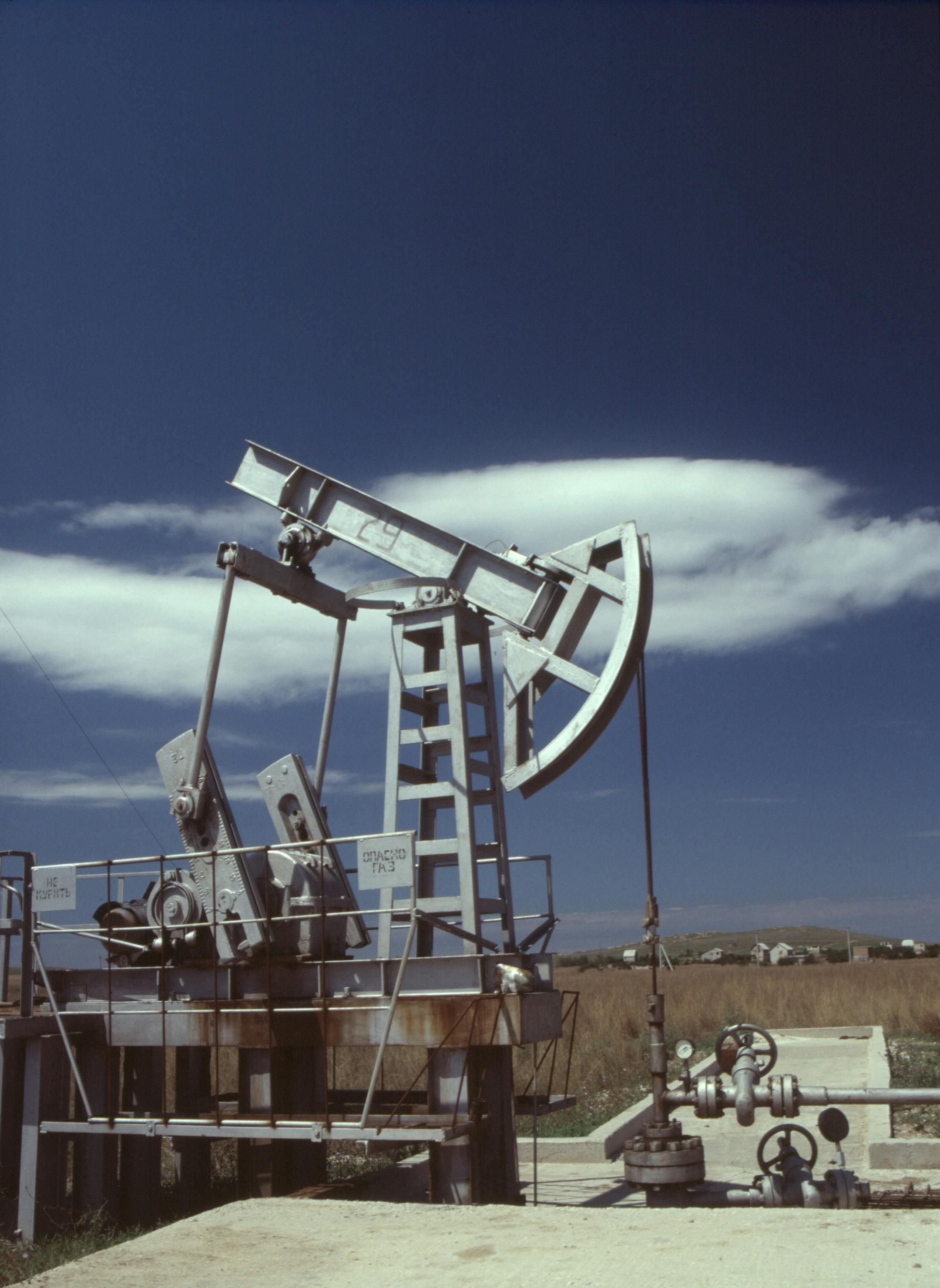
Texas didn’t become a leader in oil and gas by accident. A big reason is how the state handles mineral rights. If you own land in Texas, you might also own what’s under it — the minerals. That’s not how it works in many parts of the U.S. And it’s definitely not how it started.
Here’s a clear look at how mineral rights in Texas developed, why they matter, and how they helped shape one of the most powerful oil and gas industries in the world.
Mineral rights give someone the legal right to explore, drill, and produce the resources found beneath the surface — like oil, gas, and other minerals.
In many places, landowners don’t own these rights. They might own the surface, but the government or another party owns the minerals. In Texas, that’s often not the case.
Texas landowners have historically been able to own both the surface and the minerals. And when oil and gas were discovered, that changed everything.
It goes back to the 1800s, before Texas was even part of the U.S.
When Spain and later Mexico controlled the region, they granted large tracts of land to settlers. These grants often included mineral rights, even if no one knew what was underground at the time.
After Texas became independent in 1836, then joined the U.S. in 1845, the state kept control of its public lands. That was a key decision. Most other states handed their land over to the federal government. Texas didn’t. It kept the land — and the mineral rights — under state control or passed them on to private owners.
Texas took another big step in 1889 with what’s known as the “rule of capture.” This law said that if oil or gas flows onto your land from a nearby reservoir, you can keep it — even if it came from under your neighbor’s property.
This rule encouraged drilling. Fast. Everyone rushed to get oil out of the ground before their neighbors could. That meant more wells, more oil, and more money — but also more risk and environmental problems.
Still, it laid the foundation for a landowner-friendly system that set Texas apart.
In 1901, the Spindletop oil discovery near Beaumont changed everything. Oil shot 100 feet into the air. It was the start of the modern petroleum age in Texas.
Almost overnight, land with mineral rights became valuable. People started leasing their mineral rights to oil companies. They signed contracts giving companies the right to drill in exchange for royalties — a percentage of the profits.
This is when “mineral rights in Texas” became more than a legal concept. It became a business.
Over time, mineral rights in Texas became separate from surface rights. Someone might own the land you see, but not the minerals underneath. This is called a “split estate.”
Under Texas law, mineral rights are dominant. That means if you own the minerals, you can access them — even if someone else owns the surface. There are limits, but the law generally favors mineral owners.
This legal structure kept oil and gas development moving. It also led to conflict, especially when drilling affected homes, ranches, or farms. But it reinforced Texas's commitment to unlocking underground resources.
Here’s why mineral rights in Texas have made such a big impact on oil and gas production:
This combination gave Texas an edge, especially during major drilling booms like the Barnett Shale and the Permian Basin.
Today, mineral rights in Texas are a major economic driver. Billions of dollars in royalties are paid to landowners every year. Counties collect property taxes on oil and gas reserves. Jobs and services follow.
The shale revolution — which relies on horizontal drilling and fracking — has only made mineral rights more valuable. Companies now target deeper reserves once thought unreachable. And many of those reserves lie under private land.
If you own mineral rights in Texas, you’re sitting on a potential asset. Whether you choose to lease, sell, or hold them, the legal and historical structure behind those rights gives you options.
Texas didn’t just strike oil. It built a system that made oil and gas production easier, faster, and more profitable — for both companies and landowners. That system is built on how Texas treats mineral rights.
If you're trying to understand the oil economy in this state, start with mineral rights. They’ve shaped land values, drilling laws, property rights, and industry practices for more than 100 years.
And they still do today.
Learn more about your mineral rights in Texas
If you want to understand the value of your mineral rights or get help managing them, contact us at Momentum Mineral. We work directly with landowners to simplify the process, answer questions, and help you make clear decisions.